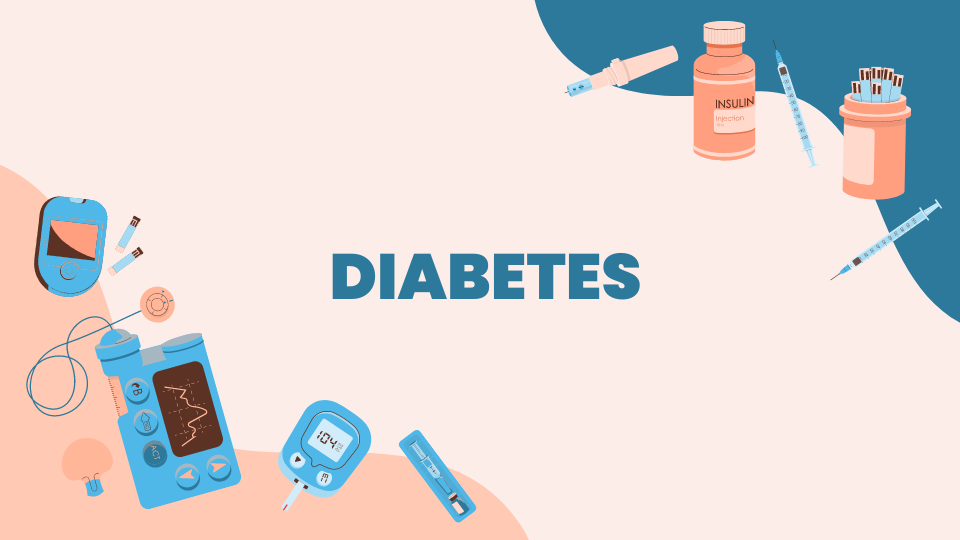Diabetes has become a significant public health concern, with over one in ten people affected by it worldwide. The diabetes space is highly competitive, with more than forty branded drugs in the market that focus on both HCPs and patients in their marketing strategies. Digital Tracker (PERxCEPT)'s panel of PCPs and Web crawler extensively captures the Omnichannel digital promotions of these brands to provide interesting insights. In this article, we will look into three key insights on how pharma companies can optimally target both HCPs and patients in the diabetes space.
#1. HCPs majorly seek brand-relevant information from product websites
From Q2 2022 to Q1 2023, 126 PCPs from the Digital Tracker (PERxCEPT) panel spent approximately 18 minutes browsing healthcare-relevant information, of which ~8 minutes was spent browsing diabetes relevant content. Of this, HCPs spent 15% of diabetes-relevant browsing time in Product websites (the dedicated websites for individual brands) from 18 brands, 40% in Journal websites, 32% in News websites and the rest in other websites. Furthermore, 27% of the PCPs in the Digital Tracker (PERxCEPT) panel visited at least one Product website to read brand relevant content. Interestingly, 57% of the total product website visits were to their Patient version or Patient-centric sub-domains, despite a HCP version of the website being available.
HCPs are organically redirected to the patient versions of the product website when they are seeking brand-relevant content. 61% of the HCP visits to product websites from paid search results redirected them to the patient version. HCPs may also want to read about patient support services in the patient version sub-domains.
#2 : Optimize the topics presented in Patient-centric websites
As seen above, 57% of the visits to Product websites were to their patient-versions. Also, data from Digital Tracker (PERxCEPT)’s panel revealed that 46% of the visits to Patient-centric Product website pages did not lead to further browsing by HCPs. Furthermore, 40% of the single-visit sessions were to the landing page of the website without seeking further information. This highlights the importance of pharma companies to optimize their patient-centric pages to drive traffic to HCP-relevant content and reduce their bounce rate.
But when HCPs do visit HCP-centric pages, they are exposed to more topics as well, covering key information relevant for prescription such as access, efficacy and cost-saving programs. The number of single-visit sessions is also reduced to 19% of total visits to HCP-centric versions. Pharma companies need to consider the proportion of HCPs who visit the patient-centric product websites, and cover diverse topics relevant to HCPs as well. They should also make the savings and patient support pages more accessible in the HCP-centric versions so that HCPs can easily view this information in their dedicated websites.
#3. Focus on bidding for unbranded keywords in Paid search
The data from Digital Tracker (PERxCEPT)’s panel revealed that ~30% of the visits to diabetes product websites by PCPs were from paid search results. Data from Digital Tracker (PERxCEPT)’s panel has also revealed that for 41% of the visits to product websites from paid search results, HCPs searched for either a brand + general keyword, or just searched for a general keyword related to the indication. Therefore, it is important for marketers to strategically bid on unbranded keywords related to the disease to reach a wider HCP audience.


